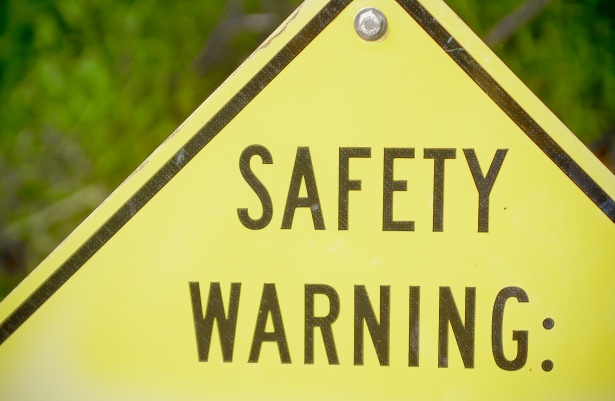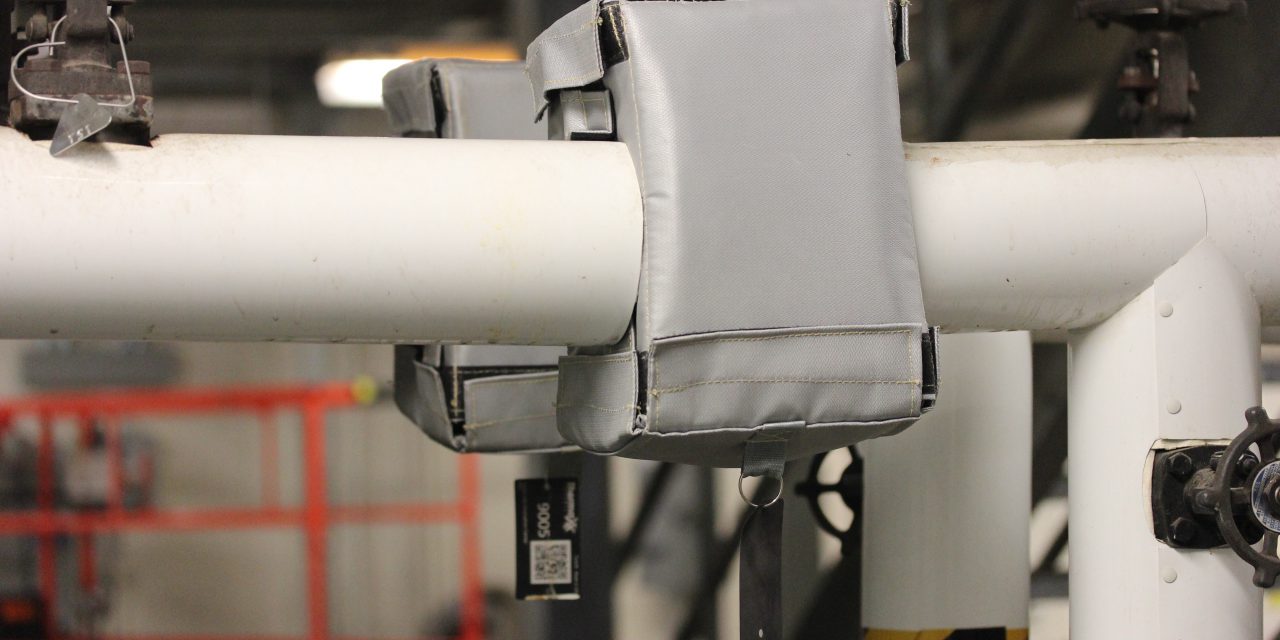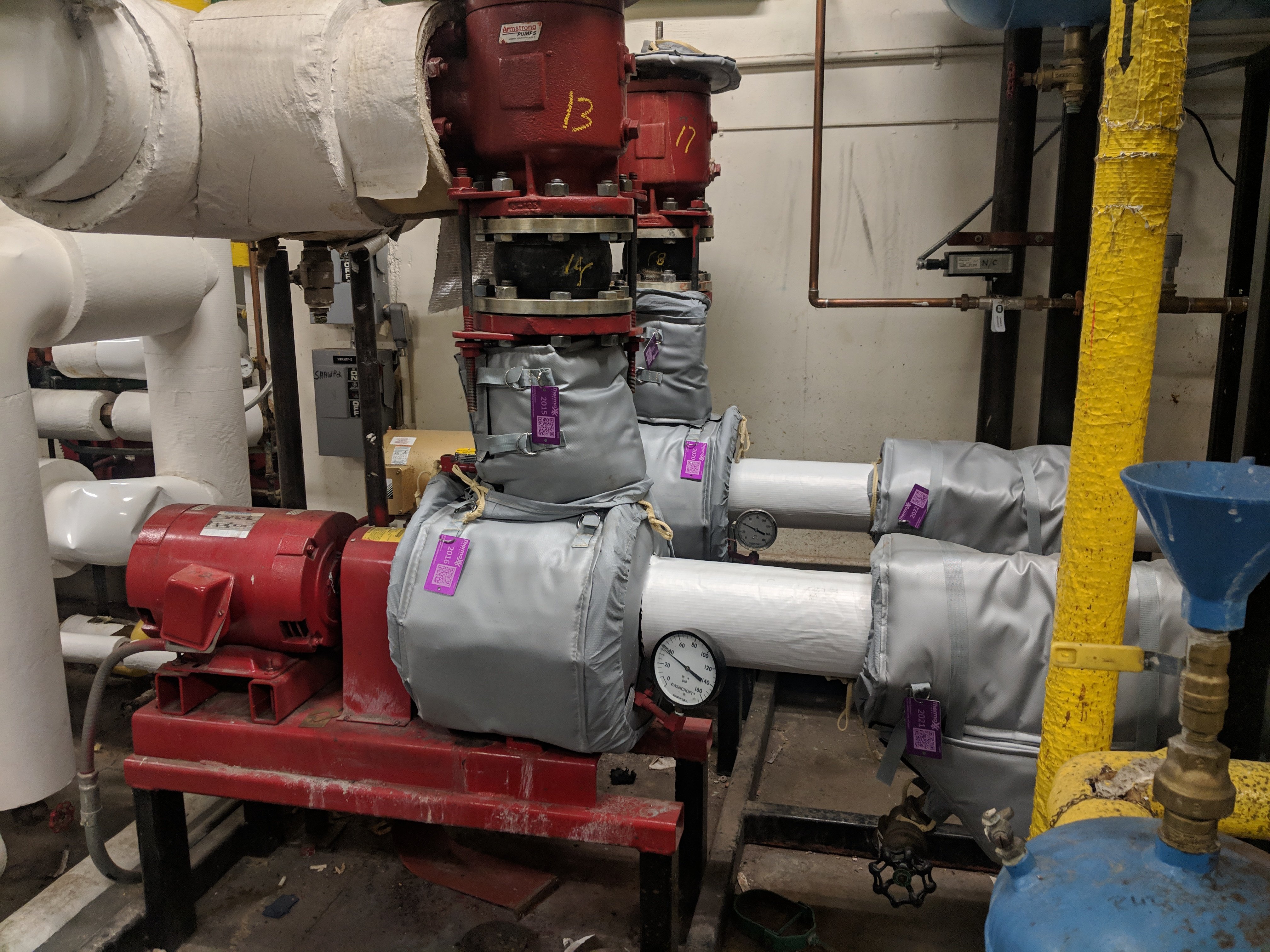Insulation and Safety - Ensuring a Safe Workplace with Insulation
Do you run with scissors? No? How about play with fire? Of course not! What about your pipes - are they insulated? Uh-oh, I can hear the excuses now - we have to do regular maintenance, or it’s costly to continually reinstall insulation. These are all fine excuses, but they don’t change the fact that you are risking the safety of your workers and opening yourself up to legal actions and fines (not to mention the money you’re losing on heat loss).
Workers get hurt everyday by un-insulated (or poorly insulated) pipes and valves. This results in increased worker’s comp rates and lost work time or light duty work. And don’t think that your employees like working in an unsafe environment. Nobody likes low employee morale, and it will cost you in the long run with higher employee turnover rates and lower productivity.
There are many areas where missing insulation poses a safety hazard, some more dangerous than others. Here are just three examples of the many dangerous situations we have experienced with insulation:
- Paper Making - Factories that make paper use corrugators to put the boxes together. The necessary steam pressure of 175 PSIG results in temperatures of 377 degrees F. These pipes are within two to four feet from the floor. When workers get under the pipes to service them or otherwise work with them, it’s not unusual to tear off the conventional fiberglass insulation. Over time there is little insulation left, and those who get near the pipes can get badly burned.
- Plywood Manuafacturing - Plywood requires chemical mixtures that are heated to 275 degrees F. The tanks are on the ground - where people can reach them - as are the steam pipes leading to them, which are under great pressure (and therefore at about the same temperature). In addition, control valves are often lacking insulation due to the required regular maintenance. This lack of insulation makes the maintenance easier to do, but people get burned every day.
- Steam Tunnel Walkways - Steam tunnels often double as walkways, with the pipes right next to them. They are often found in hospital basements or in other older industrial complexes with multiple buildings. People walking through these steam tunnels might not be maintenance staff (eg. custodial staff, nursing staff, etc.) and they don’t even know that the pipes are hot. When the pipes aren’t insulated - and we have seen it - the individuals can get hurt simply by brushing up against them.
Management isn’t malicious about insulation. Rather, hard (conventional) insulation is often on the pipes when they are new. However, any kind of maintenance or measurement usually requires that the insulation gets pulled off. Not only does that make a mess (fiberglass is a safely hazard itself), and is expensive, but putting the hard insulation back usually requires a professional. The facility may wait days, weeks or months for someone to do the replacement, or it may just not have the budget.
There are many other ways insulation covers improve safety in the workplace. Just like you wouldn’t run with scissors or play with fire, make sure your pipes and valves are insulated and your workers safe. Removable insulation covers are helpful in reducing costs without the drawbacks of conventional insulation.

Thermaxx Jackets
Thermaxx Jackets was founded over 25 years ago with a single purpose: to help our clients save energy with removable insulation blankets when traditional stay-in-place insulation is not practical. Our dedication to this purpose has resulted in a long list of customers who have saved money thanks to Thermaxx Jackets! Combining expertise in heat loss, wireless monitoring, insulation design, and several other disciplines, we’ve become the #1 provider and fabricator of removable insulation jackets and covers. The Thermaxx Sales and Service teams are experienced and trained to provide clients with the most timely and cost-effective solution.
Categories
- removable insulation
- thermaxx jackets
- energy savings
- savings
- energy efficiency
- safety
- pipe insulation
- energy
- case study
- insulation materials
- thermal insulation
- heat loss survey
- heat loss
- energy loss
- hot insulation
- fiberglass
- installation
- steam
- New York
- custom insulation
- NYC Case Study
- boiler
- university
- Connecticut
- reusable insulation






